/ per pack
Choose seeds per pack:
Botanical name: Pachypodium rosulatum subsp. cactipes
Common name: Elephant’s Foot Plant
Grow: rosulatum
Family: apocynaceae
From: madagascar
Climate: tropical and subtropical
Soil: demanding on soils that promote excellent drainage
Brightness: full sun or half shade
Species generally found in stony soils and in full sun, where they are associated with other representatives of the flora of dry areas.
The species tolerates below-zero temperatures during the winter and are naturally well adapted to hot and dry environments.
The succulent stems store water and allow it to survive adverse conditions, thus supporting intense heat and long periods of drought.
Its foliage is intense green and very bright and the species has more beautiful inflorescences in the genus, being able to surpass 7 cm in diameter, very showy and yellow gold.
It can be cultivated in pots and are beautiful decorating rooms, balconies or well-lit environments.
They germinate easily, easy to grow as long as they meet their basic needs: soil that promotes excellent drainage and keeps them dry during the winter.
Pachypodium rosulatum is a shrubby perennial caudiciform plant with a bottle-shaped trunk, brownish silver and almost spineless, about 10–15 centimetres (3.9–5.9 in) wide and about 20–35 centimetres (7.9–13.8 in) tall. From the caudex depart many thorny cylindrical arms, forming a shrub about 1.5 metres (4 ft 11 in) tall. The leaves, which fall in the dry season, form a rosette on the top of branches. They are deciduous, dark green, oblanceolate, ovate or elliptical and petiolated. The long-stalked flowers are sulphur-yellow and form an inflorescence about 30 centimetres (12 in) high. Flowering period extends from February through May. The fruits are 6 to 20 inches long and contain elongated seeds with a length of 6 mm.
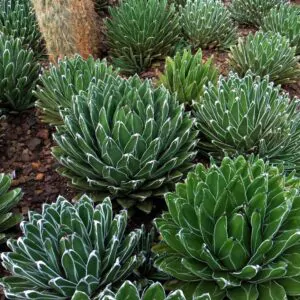
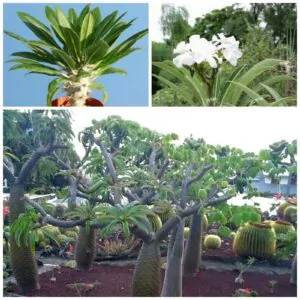
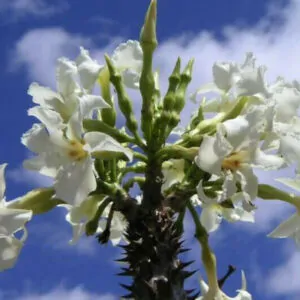
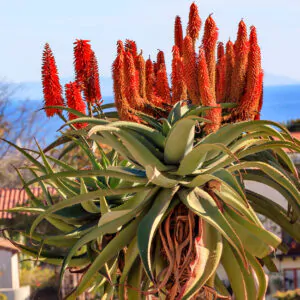
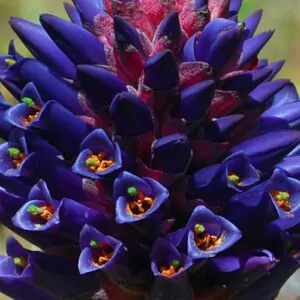
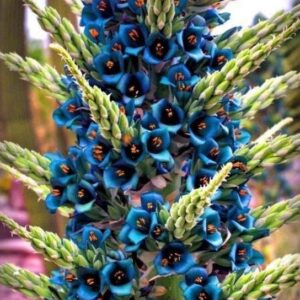
Copyright © 2025 Quinta do Ouriques
| Cookie | Duration | Description |
|---|---|---|
| cookielawinfo-checkbox-analytics | 11 months | This cookie is set by GDPR Cookie Consent plugin. The cookie is used to store the user consent for the cookies in the category "Analytics". |
| cookielawinfo-checkbox-functional | 11 months | The cookie is set by GDPR cookie consent to record the user consent for the cookies in the category "Functional". |
| cookielawinfo-checkbox-necessary | 11 months | This cookie is set by GDPR Cookie Consent plugin. The cookies is used to store the user consent for the cookies in the category "Necessary". |
| cookielawinfo-checkbox-others | 11 months | This cookie is set by GDPR Cookie Consent plugin. The cookie is used to store the user consent for the cookies in the category "Other. |
| cookielawinfo-checkbox-performance | 11 months | This cookie is set by GDPR Cookie Consent plugin. The cookie is used to store the user consent for the cookies in the category "Performance". |
| viewed_cookie_policy | 11 months | The cookie is set by the GDPR Cookie Consent plugin and is used to store whether or not user has consented to the use of cookies. It does not store any personal data. |